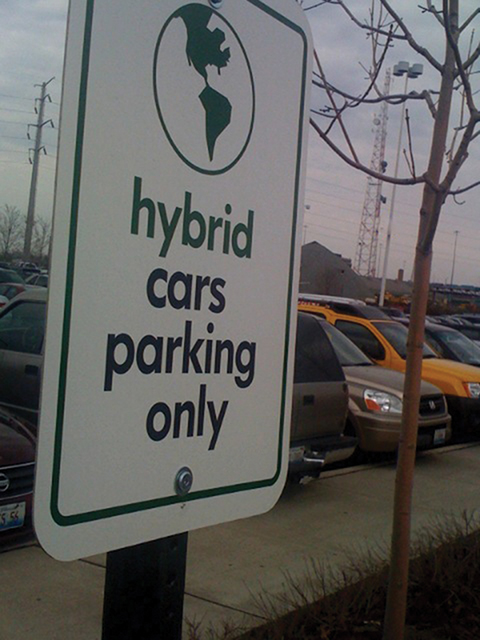Total campus sustainability would depend on big money
In 2013, sustainability is more than just a buzzword. It is a culture. It is a movement. And, led by progressive cities like Austin, it is taking the world by storm . With businesses and companies quickly making modifications to products, buildings and equipment to increase efficiency and decrease waste, the push to a more sustainable Earth calls to mind the question of both the feasibility of a fully sustainable St. Edward’s University and the vision of what such a campus would look like.
First off, a fully sustainable St. Edward’s would of necessity require an extensive wind farm. As the top state in terms of wind power production, Texas is the prime spot in America for a university powered exclusively by renewable resources.
Where would the wind farm go, however? While looks would have to be thrown out the window completely, I propose that turbines be placed in groups on top of all buildings on campus, with staggered heights so as to prevent the propellers from hitting each other.
In addition to wind power, the school would require fully compostable plastics and papers to comprise the utensils, to-go boxes and cups in all of the dining halls on campus. Companies such as Eco-Products, a Colorado-based company specializing in the production of corn-based plastics, would be a feasible option for restaurant supply; already, many local businesses, such as Kerbey Lane and Juiceland, use Eco-Products cups and silverware for to-go drinks and meals in their various locations around town.
Although the campus garden is alive and well, there is no way in hell that it could produce enough produce to feed the entire student, faculty and staff population of St. Edward’s. For food, I propose using biodiesel-retrofitted trucks to pick up produce and meat at one or more of the local farmers’ markets around Austin every week, or potentially contracting with local farmers directly for bulk orders.
As far as cooling, the school could implement a system similar to that used in the Avocado Court building in Escondido, California, which became fully operational earlier this year. The system uses natural temperature differences between the above-ground air and the air underground, which typically stays the same temperature year-round at a deep enough level beneath the earth.
Clearly, if even a small portion of these projects are to be started, much less finished, the school would need massive amounts of funding. The school could set up a Kickstarter campaign. Whatever the case, a fully sustainable St. Edward’s is perfectly feasible and, hopefully, not too far off.







